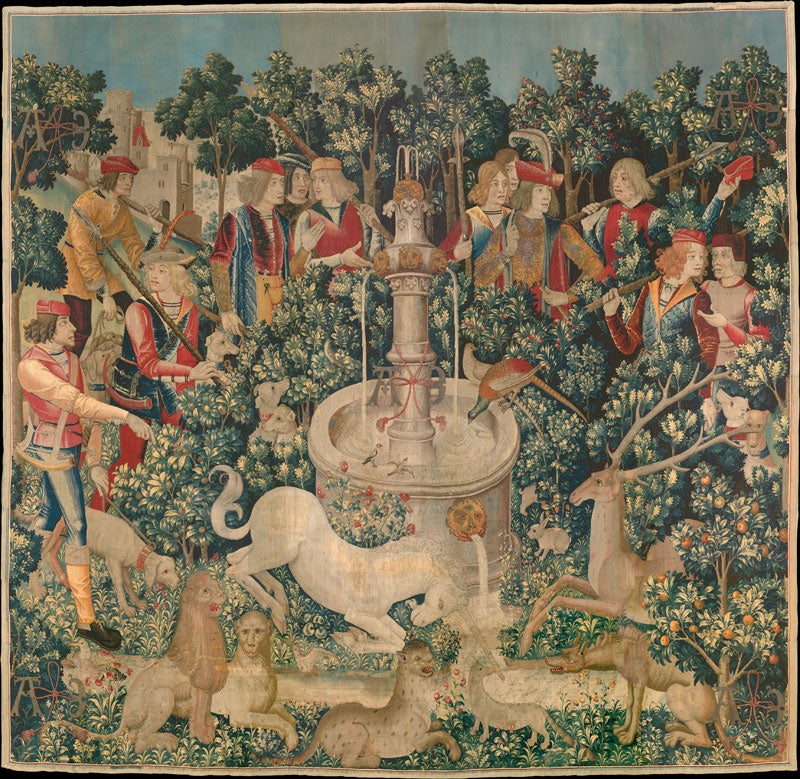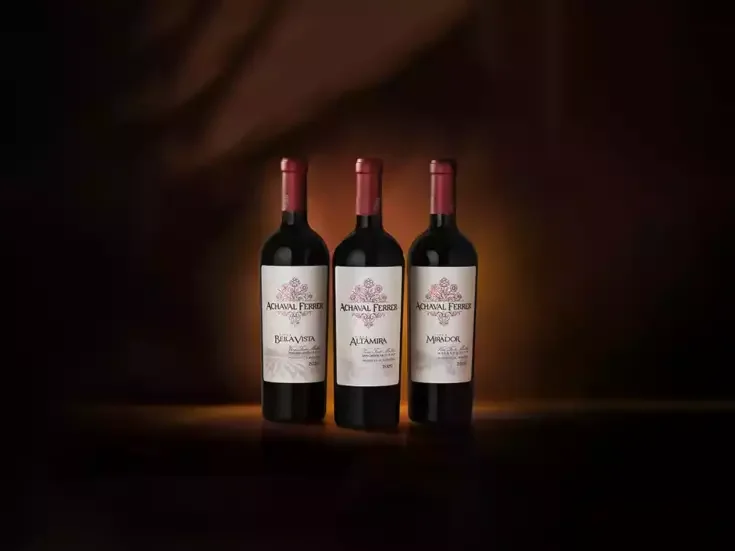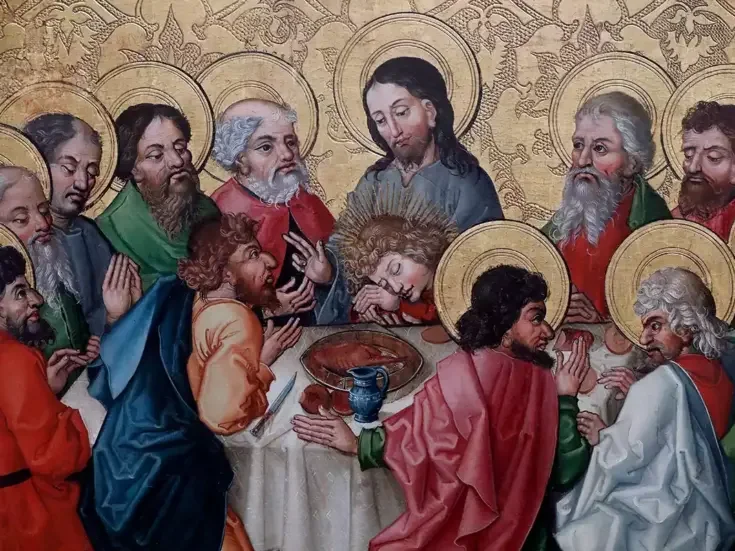
Of the array of wine bottles amassed on the table of the Chinatown restaurant whose gracious “no corkage” policy makes it a regular destination for sommeliers, journalists, and other wine-industry insiders, one label has attracted our attention. Hardly the most expensive offering, it’s undoubtedly the most difficult to find: a magnum of 1996 Trollat St Joseph, a classic Northern Rhône Syrah from the iconic small grower whose retirement in 2005 catapulted his remaining stock to cult status.
In an era when photographing a meal has become a prerequisite to eating it, the group I’m with prefers to snap “bottle shots.” As guilty of the practice as anyone else, I log into my Instagram feed, only to notice that one of my dining companions—a well-known Manhattan sommelier—has already posted a picture of the prized magnum, with the hashtag “unicornwine.”
Every subculture has its own lingo, but that of sommeliers— or, as they dub themselves, “somms”—is among the most peculiar. Reserved for the kind of ultra-rare, extremely limited, and therefore highly prized bottles that inspire pangs of envy among wine geeks, the unicornwine hashtag first surfaced on the Twitter and Instagram feeds of celebrity sommeliers like Michael Madrigale of Daniel Boulud’s Dinex Group and Rajat Parr, wine director for Michael Mina’s restaurants in San Francisco. Lately, the phrase has begun seeping into the mainstream.
Although unicorn wines share the same highly fetishized aura that surrounds the kind of blue-chip trophy wines for which collectors have always vied (Lafite, Latour, Romanée- Conti, the usual roster of cult “Cali Cabs”), they confer status by virtue not of their cost, which varies, but of the special expertise it takes to acquire them. As veteran sommelier Levi Dalton once put it, “If you have to ask, it ain’t unicorn.”
Wine’s new counterculture
It’s tempting to view this subcultural trend as further confirmation that our wine culture has reached new levels of sophistication, that we’ve arrived at the latest chapter of the American palate’s 21st-century renaissance. According to this narrative, the boomer generation’s aspirational fixation on high scores and price tags has been replaced by an alternative system of values; rather than reducing wine to a luxury commodity, a new wave of drinkers identifies wine as a unique expression of culture requiring a particular form of connoisseurship.
Anyone with a “black card” can drop hundreds, even thousands, of dollars on the standard critically approved case of first-growth Bordeaux. Not so with that coveted magnum of Trollat, however, or the notoriously elusive vintages from winemaker Pierre Overnoy, one of the “natural wine” movement’s early founders, whose minuscule bottlings from France’s little-known Jura region now sell out pre-release.
“Even if you knew what to look for, you wouldn’t be able to find it,” declares the unicorn creed. So, who wouldn’t want to document evidence of their conquests on social media? Not only does it award a badge of honor, signaling your status as a card-carrying member of wine’s new counterculture, but it also offers a searchable public record of your own superior taste.
This leads to some troubling questions. Given all the street cred and social jockeying involved in their display, doesn’t the hunt for these ever-elusive unicorns simply trade one form of exclusivity for another? Rather than cultivating a more nuanced attitude toward wine, are we simply offering a new incarnation of the same old snobbery and one-upmanship that has always attended the pursuit of trophy wines? If all we’ve done is shift focus from the expensive to the esoteric, has anything fundamentally changed?
Many of the same criticisms have been leveled against the wider “hipsterization” (to adopt that much-abused yet unavoidable term) of the culinary world otherwise known as the “foodie movement”: our curious habit of seeking out the small-batch, the heirloom, the rare and obscure—and transforming it into the stuff of cultural capital. It was only a matter of time before this same principle would emerge in the context of wine culture.
More than just bragging rights
But beyond the smug self-satisfaction of being an early adopter—“I was into it before it was cool!”—the trend reveals a longing for something more than just bragging rights. If the impulse behind unicorn wine is exclusivity—a way of separating the converts from the philistines—it also has the reverse effect of uniting a community around a shared set of values, even if those values tend to be expressed in an elitist way.
What initially appears to be a fetish for the hyper-artisanal— the nearly extinct bottle available only to a select group of initiated connoisseurs—ultimately translates to genuine concern for a wine’s history and origins. What’s important isn’t the price or the pedigree of the label; it’s how and why it was made, the way it embodies a local identity or communicates a sense of place. In this formula, rarity isn’t inherently valuable; it becomes valuable to the extent that it meets the conditions for a certain kind of “authenticity”—a virtue we equate with the small-scale and hand-crafted.
Maybe this entire mind-set boils down to nothing but a predictably misguided brand of late capitalist, post-everything nostalgia—the kind that, for about a decade, drove every new restaurant opening in my Brooklyn neighborhood to resemble the set from Little House on the Prairie. But no matter how absurd it might seem to turn to a bottle of fermented grape juice to deliver us from the oppressive conformity and consumerism endemic to 21st-century Western life, what we’re ultimately chasing is some version of the authentic; the rare and the obscure are just the places we expect to find it— whatever it might be.
The irony is that authenticity never actually materializes. The very moment we identify something as “authentic,” we’ve already excommunicated ourselves from its midst. What could be less authentic than trying to be authentic? The question perpetually nags at us: authentic compared to what? The real motive behind the unicorn-wine obsession—the thing that fuels it with so much competitive envy—lies in this chronic anxiety about authenticity. What is it, really? How do we know when we have it? Isn’t there always one degree further to go? This core of doubt is what compels us to make such a public display of claiming authenticity—a phenomenon that Canadian sociologist Andrew Potter has aptly dubbed “conspicuous authenticity.” So, we hunt for the bottles. We post the photos and click the hashtags. We perform a version of authenticity for all to see, even as it escapes us—as unicorns, by their very nature, must.







